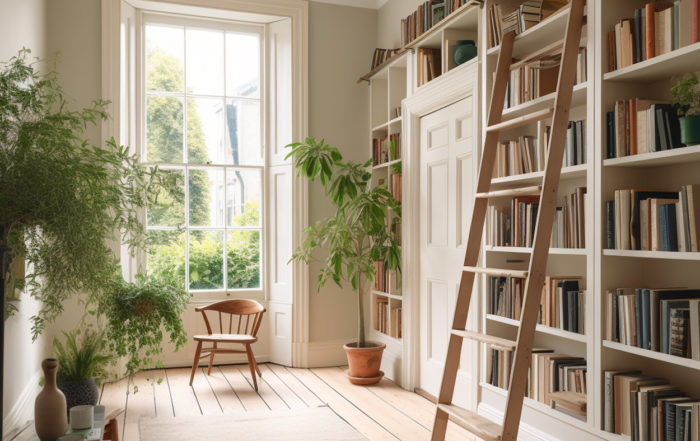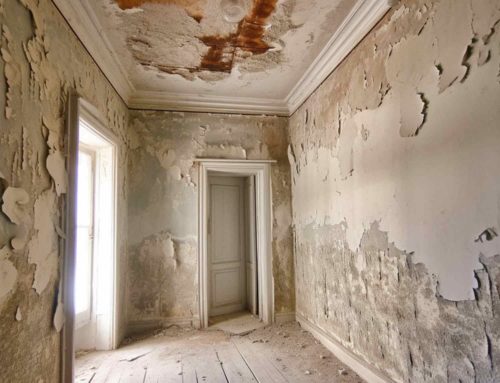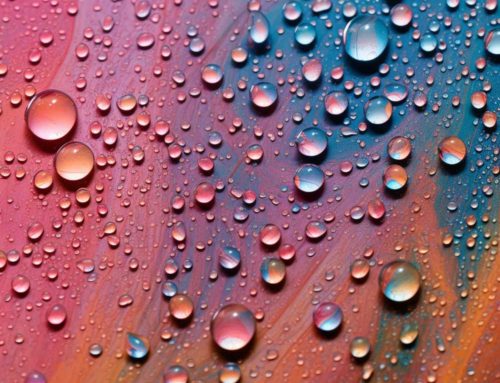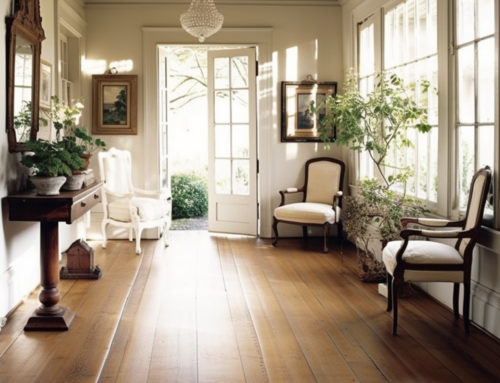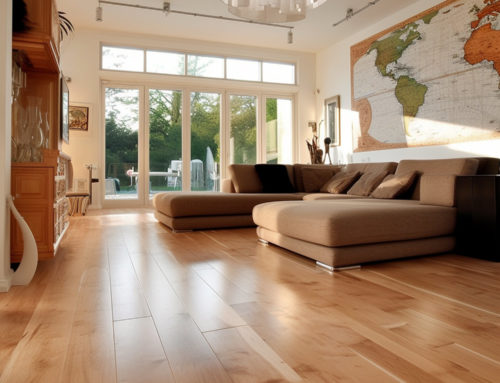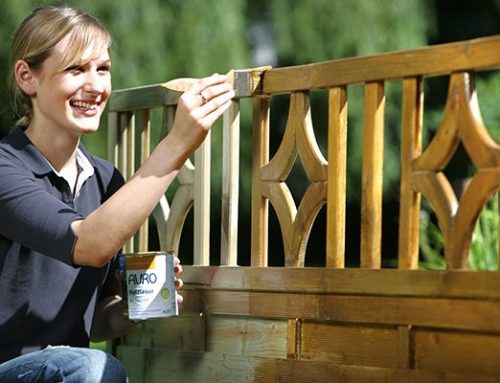If you’re thinking of having your home insulated, or even re-insulated, there are a lot of factors you need to account for before you do. Thermal insulation is vital for a home to make the most out of its energy budget and keep the inhabitants in good health. Without adequate insulation, much of the heat stored within a building will be readily lost to the outdoors, causing the indoor temperature to drop to uncomfortable levels.
Conversely, unwanted heat may warm up the house during the summer months and result in a stuffy and unpleasant indoor environment. Furthermore, this loss of energy will put more strain on the Heating Ventilation and Cooling (HVAC) systems of the building. This leads to higher electricity and fuel bills, as well as a negative impact on the environment. Insufficient insulation (or lack of breathability) may also cause condensation, as the hot air cools rapidly to form water droplets.
This condensation can cause the formation of black mould (Serpula lacrymans), a health hazard, and weaken the structural integrity of the house.
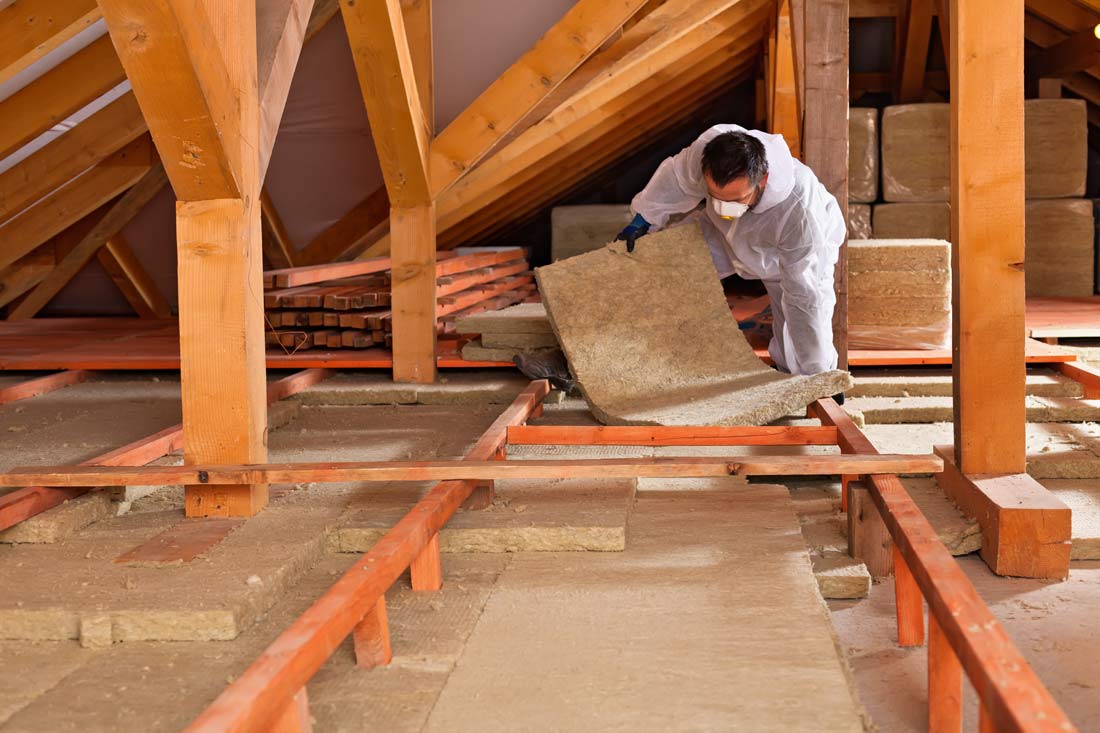
To avoid the aforementioned problems, it is prudent to invest in a thermal insulation solution for any residential building. With the advancement of technology, a wide range of insulation techniques and materials are available to the homeowner, each with their pros and cons, and each catering to a specific situation. Thus, understanding these different types of technologies can help residents choose the one that best fits their needs.
The basics of thermal insulation
All thermal insulations make use of minuscule air cavities within their structure to retard the processes of conduction across their boundaries. Molecules of air are sufficiently far apart that collisions between them don’t occur as often as in solids or liquids. This means that energy transfer through conduction, which is simply the result of collisions between molecules, takes a long time through the air and thus makes it a great insulator.
Different insulation materials vary in the number of air pockets within their structure. This variation contributes to differences between their densities and affects their R-Value, which is a measure of the material’s thermal resistance. A higher R-Value indicates a better insulator. Some insulations may incorporate reflective sheets on their boundaries. These reflect heat radiation back into, or out of, the house and increase the effectiveness of the insulation. In addition to this, a window glazing can help mitigate heat loss through windows. Window glazing utilises multiple sheets of glass, with a vacuum in between, to construct the window. The vacuum has a very high thermal resistance and greatly hinders the process of conduction. Depending upon the number of sheets of glass used, a window can be double, triple, or even quadruple glazed.
Where to insulate in a home
Having a well defined thermal boundary makes it easier to decide where to install insulations in houses. The thermal boundary of a building separates the indoor, conditioned spaces from the outdoor or unconditioned areas. This includes the building’s outer walls, the roof, floors, and the basement. Also, any exposed ductwork, furnace cabinets, or pipes should be insulated. The insulation should be continuous around the boundary, as any gaps will provide a potential escape point for thermal energy.
A common problem that arises when constructing thermal boundaries is thermal bridging. This occurs when a material spans across thermal borders and provides a pathway for energy to escape. Beams, pipes, and ducts are common culprits that cause thermal bridging. To avoid this problem, the usage of such conductive materials such as wood, steel, and aluminium should be kept to a minimum. An alternative is to introduce breaks whenever such materials are used to hinder thermal conduction.
Types of thermal insulation
Thermal insulation materials are classified according to a plethora of different factors. These include the composition of the material, what form it takes, its thermal resistance, its method of action, and so on. Understanding the different types of materials is essential in determining the best one for a given circumstance. Sometimes, even a combination of different materials may be used to achieve the desired insulation characteristics.
Spray Foam insulation
As the name suggests, this kind of insulation involves spraying, using a special gun, different types of foam onto concrete slabs, into wall cavities and sheathings. The foam itself could be a combination of polyurethane and isocyanate foam or any kind of cement-based foam.
The main advantage of this kind of insulation arises from its ease of applicability. It can easily be sprayed into wall cavities after drilling a hole, obviating the need to tear down the wall completely. Since it expands after being sprayed, it can fill crevasses, leaks, and gaps, blocking airflow and household pests. Furthermore, it can act as an adequate vapour barrier and provide acoustic insulation.
The main disadvantage of this technology is not only the high cost of the materials. It’s nasty stuff, hard to remove, full of chemicals and doesn’t allow your house to breathe! Additionally, in case of a fire, the materials may release toxic fumes upon burning. Avoid.
Structural insulated panels (SIPs)
SIPs consist of plywood or drywall panels, glued and sandwiched around a center made up of polystyrene, polyurethane, polyisocyanurate, compressed wheat straw, or epoxy. They provide structural support in place of studs.
The benefits of SIPs stem from their strength and ability to bear loads, both external and internal. They are impermeable to water, provide acoustic insulation, and don’t employ hazardous or non-eco-friendly materials.
The main drawback of SIPs is their higher cost when compared to other insulation techniques, and still uses chemical / plastics.
Fibreglass batts and blankets
Fibreglass batts are cut pieces of material that can be layered and stacked to provide thermal insulation. Blankets of fibreglass are present in the form of continuous rolls.
This type of insulation is relatively cheap, and provides either vapour resistance or retardation, depending upon the type of facing employed. They are also fire-resistant.
The disadvantages arise from the gaps that may be present between the batts, which allow for thermal bridging and condensation, both of which reduce the effectiveness of the insulation. Installing batts on ceilings and roofs may provide challenges as well.
Gradually falls apart, and is a hazard. Just a horrible thing to work with or around.
Natural fibre insulation
Natural fibre insulations include cork, cotton, recycled cloth, hemp, flax, cocoa, wool, wood fibre, cellulose, seaweed, sheep’s wool and a number of other materials. They can take the form of loose strands or form panels similar to fibreglass batts. Breathable and can be used with old buildings.
Natural fibre provides comparable R-Values to fibreglass batts and is made of recycled content, which favours the environment and promotes sustainability. No
No drawbacks other than a higher cost compared to industrial scale fibreglass solutions.
Loose-fill insulation
Loose-fill materials are made of cellulose or other recycled matter and are thus, relatively inexpensive. They are blown into wall cavities and other areas that require insulation through drilled holes. They conform to the shape of their surroundings and can fill hard to reach nooks.
The main advantage of loose-fill materials is the cost. They are cheap, environmentally friendly, recyclable, and non-toxic.
Over time, however, these materials tend to settle down, resulting in inconsistent thermal insulation. This can be avoided if proper packing is maintained during installation. Air infiltration and moisture can dramatically reduce the R-Values and inhibit their effectiveness.
Could become a fire hazard.
Straw-bale insulation
Highly compressed straw bales are gaining traction as insulation materials due to their low cost and high R-Values. However, air or moisture penetration can greatly reduce the effectiveness of this material.
Breathable, but advised only when actually building walls out of straw – as when compacted and tight so becomes fire retardant. Not to be used for ‘general’ insulation or roof insulation! Fire and vermin hazard!
Reflective insulation
Reflective insulation halts the penetration of radiant energy by reflecting it. Aluminium foil is the most common and cheap material used to build such barriers.
Reflective barriers are highly effective in keeping radiant energy out of homes, which is desirable in hotter locales. They don’t take up much space, act as vapour barriers, don’t succumb to mould or moisture, and are non-toxic.
To be effective in cold climates, however, they must be used in conjunction with other types of insulation. They may also come into contact with wiring, and due to their metallic nature, may pose an electrical safety hazard.
Non breathable.
Choosing thermal insulation that meets your needs
A review of the various types of insulation technologies reveals the points one must consider before committing to a solution. These include, but are not limited to: the cost of the insulation, the desired R-Value, the longevity of the insulation, the usage of environmentally friendly materials and procedures, potential hazards posed by the materials, the climate in which each is most effective and the specific construction of the house. In any case, the first step should involve a survey of the residential lot to identify areas where insulation is required.
Some regions of the house may benefit from one kind of insulation, while others may profit from a different type. Investing in insulation for a residence pays dividends in the long run. The savings on HVAC costs and a lower carbon footprint alone warrant insulation a thorough look by any homeowner looking to play a part in creating a greener, more sustainable future.
Don’t discount wall breathability, it is an important factor that should be very much considered!
The Timeless Elegance of White and Off-White Interior Wall Paints: A Comprehensive Guide
White and off-white interior wall paints have been a staple in home design for centuries, symbolising purity, simplicity, and timeless elegance. In this article, we will explore the history of using white and off-white [...]
The Allure of Blue Interior Wall Paints: A Comprehensive Guide to a Timeless Classic
Blue is an amazing paint colour that has captivated humans for centuries, with its associations with the sky, the ocean, and a sense of tranquillity. In interior design, blue wall paint has long been [...]
The Timeless Charm of Grey Interior Wall Paints: A Comprehensive Guide
The Timeless Charm of Grey Interior Wall Paints: A Comprehensive Guide Grey, as an interior wall paint colour has been a popular choice for homeowners and designers alike for centuries. This versatile and timeless [...]
The Most Popular Interior Wall colours for Your Home
Choosing the right paint colour for your home's interior walls can have a significant impact on the overall ambiance and mood of your living space. While personal taste plays a key role in selecting [...]
What is Limewash and where can I use it?
This is our guide to understanding what lime wash is, as well as the history and traditional uses, what is available and how to use.. Want to buy lime paint? If [...]
Paint Brands Compared (Cost per m2 per coat) Accurate 2022 – Which is the best value?
What is the best value paint in 2022? What is the best natural paint in 2022 If you have been wondering how you compare paint brands against each other there are a [...]

Hi! I’m Chris, the founder of The Organic & Natural Paint Co, and I’m focused on the education and promotion of natural non toxic alternatives to chemical laden everyday products that we just take for granted. We have a choice, and I want to raise awareness of alternative products that don’t actually harm us!
This company is my way of pushing the awareness of better indoor air quality, something that I am personally passionate about due to my own children’s breathing medical conditions. I just couldn’t paint with big brand standard petrochemical paint any longer and wanted another solution.
Read more: About me
Twitter: NaturalPaintCo
Instagram: thenaturalpaintco





